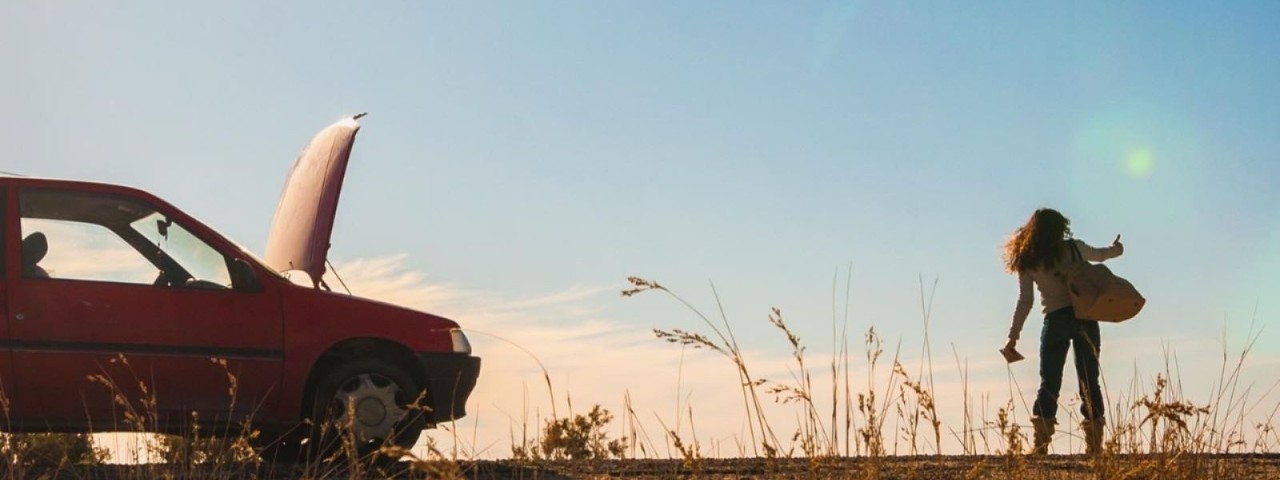The SES rescue more than 100 drivers who wrongly thought it was safe to drive in floodwater every year. Find out why it's so dangerous to drive through water and should be avoided at all costs.
Government plans to buy back old cars

A new government scheme aims to take the most dangerous cars off Victorian roads.
RACV has welcomed the Victorian government’s “cash for clunkers” pilot scheme as the first step in taking older unsafe cars off the state’s roads.
The government has announced plans to offer 1000 selected young drivers in regional Victoria cash grants toward the cost of buying newer, safer cars to replace their older vehicles.
RACV has advocated for government incentives to encourage drivers to replace unsafe older vehicles with newer, safer cars. But RACV’s senior engineer vehicles, Nicholas Platt, argues the scheme should be broadened to include drivers in metropolitan Melbourne.
While Transport Accident Commission data shows that half the state’s road deaths in 2018 occurred in regional Victoria, where just 25 per cent of the population lives, Nicholas says city drivers are also at risk in older cars, which often lack proven safety features such as emergency braking and electronic stability control, now commonplace in newer vehicles.
He says older vehicles are over-represented in the state’s road toll. In the five years to 2018, vehicles over 10 years old were involved in almost 60 per cent of fatalities and 55 per cent of serious-injury accidents, although they accounted for just 20 per cent of vehicles on the road.
In addition to the pilot program for young regional drivers, the government also plans to trial offering low-income earners in regional Victoria who are aged over 65 short-term affordable leases on newer, safer cars.
Victorian Premier Daniel Andrews announced the programs on social media, saying some young motorists owned cars older than they were, and many are driving vehicles that are not equipped with adequate safety features.
“The vehicles produced today are light years from my first car – a red VB Commodore,” said the Premier. “But upgrading isn’t always affordable – particularly if you’ve saved hard for your very first wheels or you’re on a pension.
“Older cars don’t have the safety features we rely on to keep us safer and are over-represented in our crash and fatality statistics. This is about getting them off the road, and supporting those Victorians who need it most.”

Details about the value of the grants and conditions placed on how the money can be used have yet to be revealed, but it is known that the grants will be by “invitation only” – targeting at-risk young motorists in regional areas identified as owning older cars.
Nicholas says the grants must be set high enough to encourage young motorists to participate in the buyback scheme rather than trade in their cars to a dealership – especially as used-car prices have soared in recent months due to rising demand.
He says it is also important that the scheme target not just the oldest cars on the road, but the most unsafe cars as a priority. Some older vehicles have good safety features, according to the latest used-car safety ratings.
As well as improving road safety, Nicholas says taking older vehicles off the road would also benefit the environment. “New vehicles have much better emission performance and reducing the age of the fleet will reduce the overall impact of vehicles on air pollution, CO2 and other greenhouse-gas emissions.”
A similar cash incentive to replace older vehicles was proposed by then prime minister Julia Gillard in 2010. Known as the Cleaner Car Rebate, it aimed to get polluting cars rather than unsafe cars off the road, but was shelved.
Carla Hoorweg, chief executive of ANCAP, the safety body responsible for new-car safety ratings, also welcomes the new pilot program, noting almost two-thirds of vehicle occupants killed on Victorian roads in 2020 were travelling in vehicles that were more than 10 years old.
“Vehicle safety has improved markedly over the past decade, and providing our most at-risk drivers with an opportunity to travel in newer, safer vehicles will help maximise the road-safety benefit for everyone,” she says.


